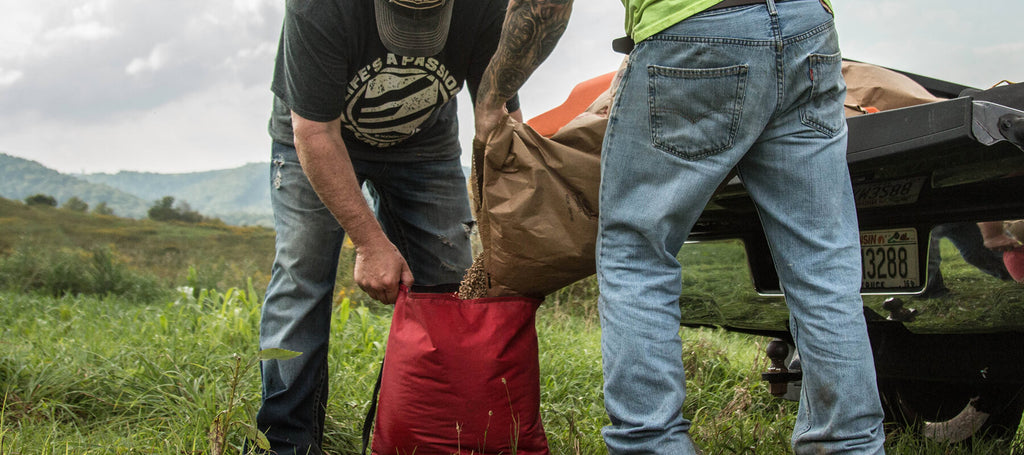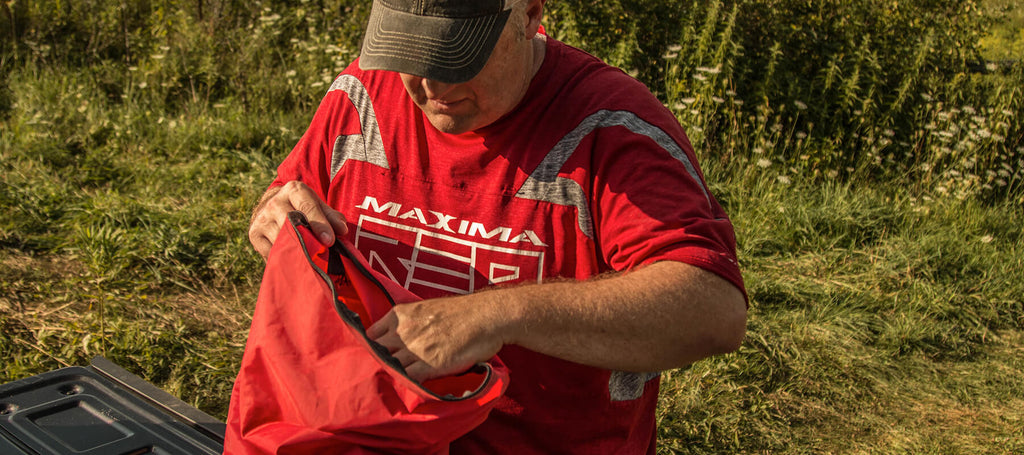
3 Reasons for Planting Late Summer Food Plots
3 min read
As the widespread popularity of planting spring and early summer food plots skyrockets, the value of waiting for late summer plantings have never been higher. While letting a food plot sit dormant until late July or Early August may seem like a waste of an opportunity, it actually offers several strategic advantages for your potential level of planting resources and hunting success. While neighboring parcels may be feeding the local herd in May, June, and July, being patient and waiting for the right opportunity to attract them back to your parcel when it matters most, can pay huge rewards.
The most important time to influence, attract, and hold the local herd is during the hunting season, when you can capitalize on the attention of the local herd. A late Summer food plot planting can help you realize your goals of quality hunting and herd building opportunities.

Why is Late summer SUPERIOR?
Besides giving you ample time to prepare your soil, control weeds, restore planting equipment and determine the best seed blend to offer this fall, there are several more significant reasons to wait to sow your food plot seeds into the late summer soil.
1) Limiting Doe Family Groups and Grazing Pressure
Providing a feast for does and fawns in the early summer can establish an overabundance of grazing pressure on your food plots throughout the hunting season. Doe family groups do not typically disperse like bucks during the end of summer, because they typically stay put as long as there is ample food and cover. Does and fawns can consume precious space that could potentially be available for bucks during the fall.

If your desire is to build herd numbers, planting Summer food plots that are available during May, June and July is a great practice! However, if your food plots do not typically last throughout the entire fall, make sure to limit the amount of available Summer food sources so that doe family groups do not swarm and destroy your food plots before the hunting season even begins. By limiting Summer food source amounts, late Summer plantings will be much more likely to be successfully established without an army of does and fawns swarming your offerings too soon.
2) Hunting Season Food Plots
Late summer plantings have plenty of time to grow and produce large volumes of food that will often peak later into the season, than early plantings. Late Summer plantings can also influence when deer numbers will peak on your parcel. Creating balanced deer populations that peak in October and November awards you the opportunity to harvest does when needed, but also creates the opportunity to potentially target a high percentage of the local buck population, as long as the food sources remain un-pressured.
3) Late Summer Perennials
Since 1995, my preferred time to most effectively plant clover and chicory, is within the late summer plantings. Cool season annuals such as rye, oats and peas offer the perfect nurse crop for establishing young perennials.

Conclusion
Of course, longer term species like corn or soybeans need to planted in the Spring in order to reach maturity. However, the lush and highly attractive annual greens like peas, late planted beans, oats, brassicas, wheat and rye, or the establishment of perennials like clover and chicory, should be planted later in the summer. Try planting during the late Summer if your goal is to build a quality deer herd that is peaking during the heart of the season, instead of consuming your resources and potential for success, a few months too soon.
2 Responses
Kristopher
June 23, 2017
awesome post ! thank you for sharing
Leave a comment
Comments will be approved before showing up.


Kyle
July 24, 2017
Am in Kentucky and was getting ready to put out food plot which one would you recommend the most for my area of the country. I have several decent size open fields I can put them in